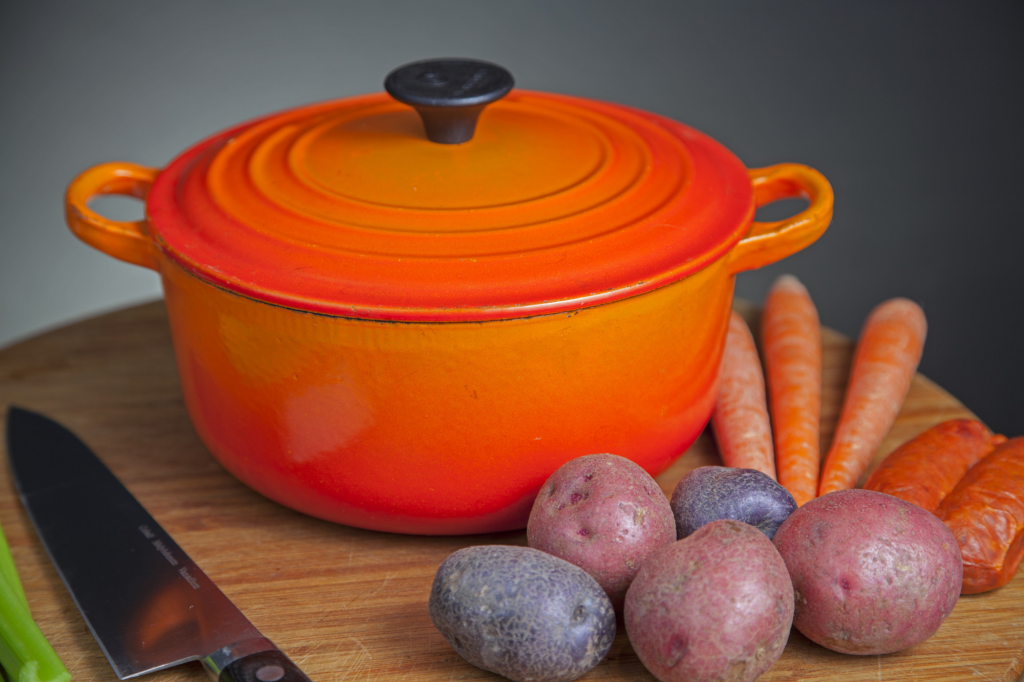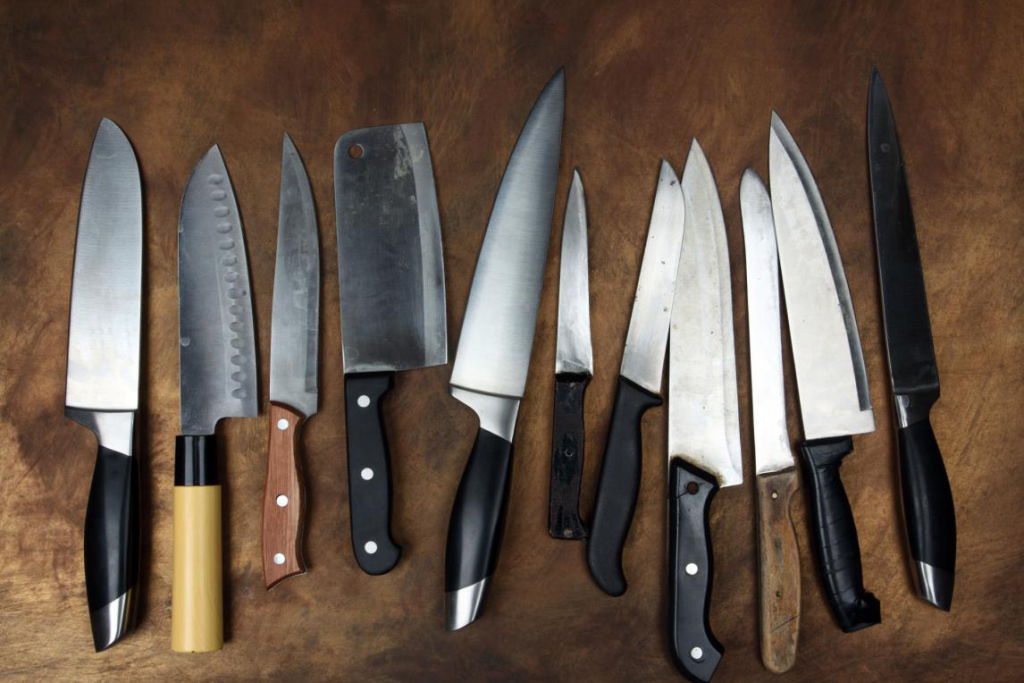How to Use a Dutch Oven: A Guide for Beginners
Have you been wondering about getting a Dutch oven? These versatile cooking pots can cook anything from sourdough bread to chicken stew, so they’re a great addition to your kitchen cookware. Even if you’re a novice chef, you can create some amazing dishes if you know what you’re doing. Ready to get cooking? Keep reading […]
How to Use a Dutch Oven: A Guide for Beginners Read More »



